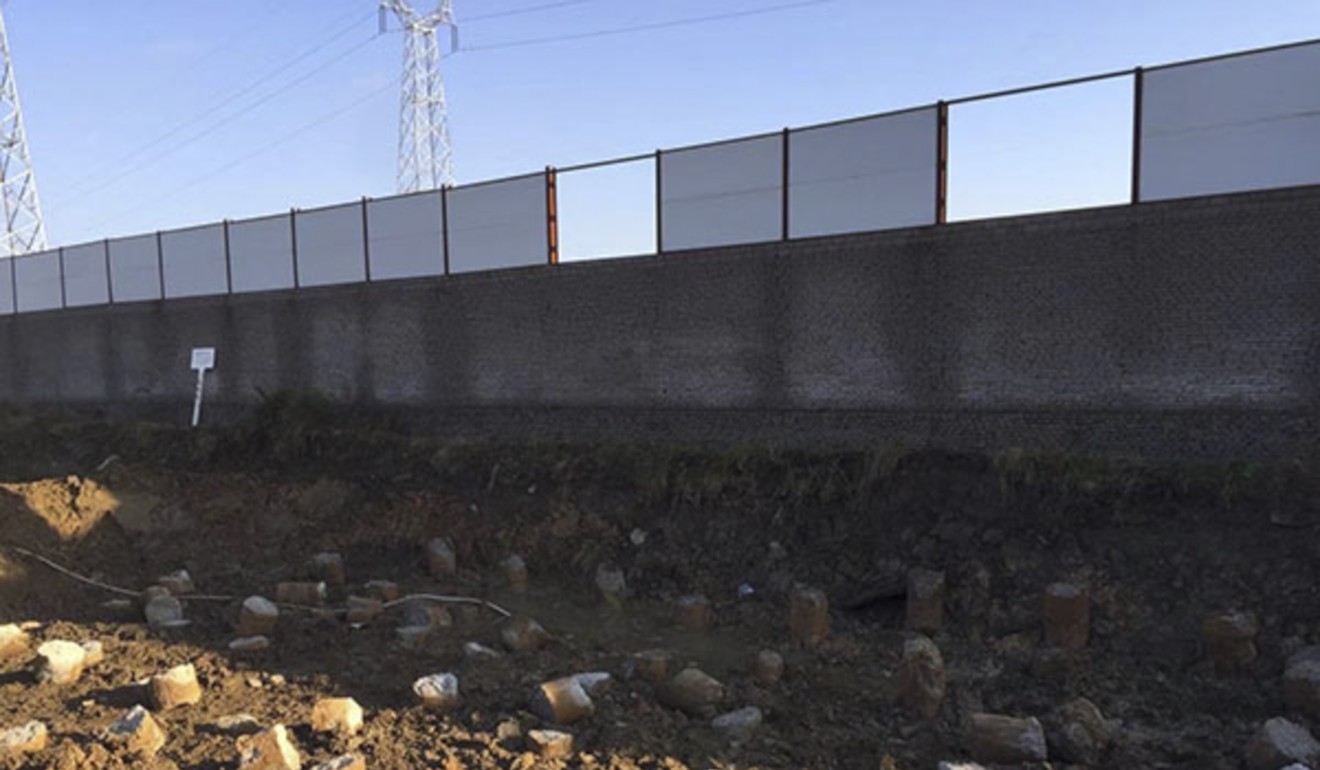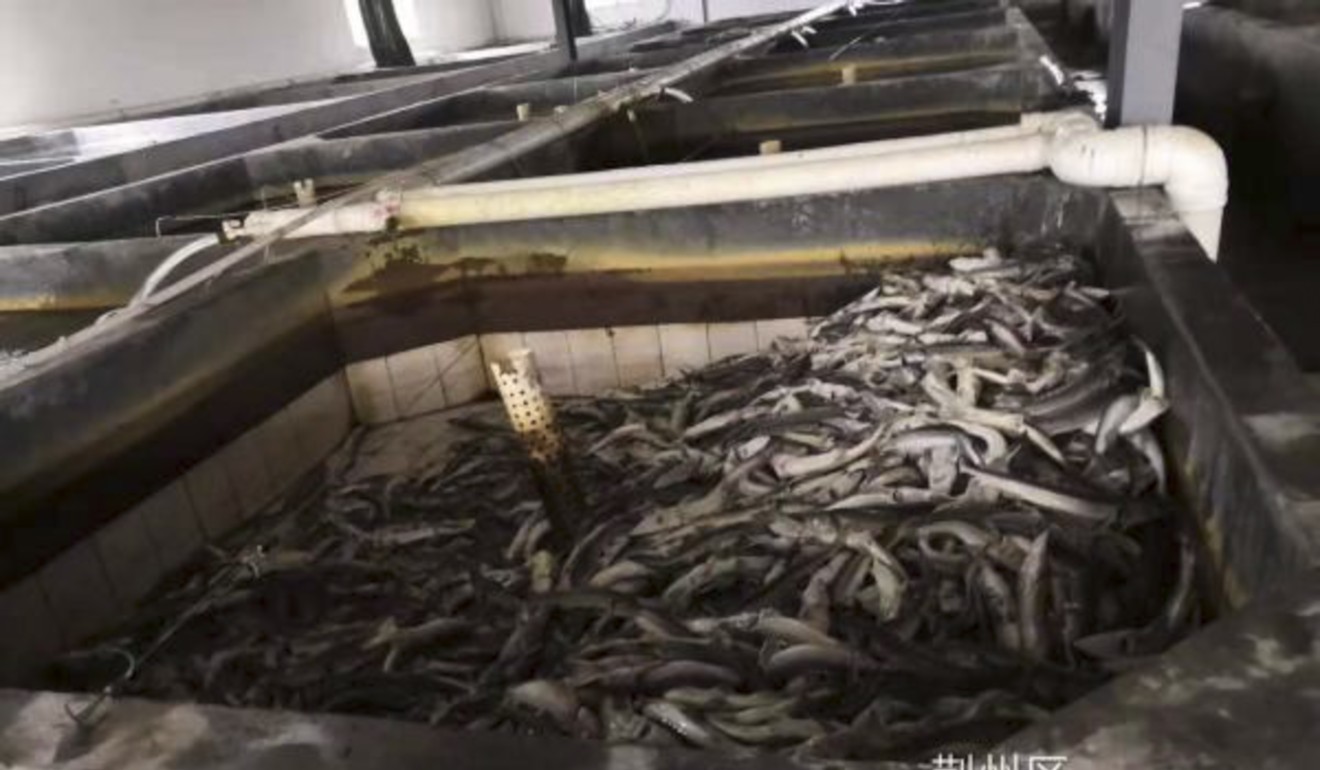
What price eco-tourism? 6,000 Chinese sturgeon die during construction of ‘green’ resort
- Deaths of critically endangered fish, 36 of them among first to be artificially bred, caused by stress, report says
- After 140 million years on Earth, species has been pushed to brink of extinction by pollution, overfishing and dam building along its native Yangtze River
Authorities in China are investigating the unnatural deaths over the past year of more than 6,000 critically endangered Chinese sturgeon at a breeding facility, apparently as a result of the construction of a nearby eco-tourism resort, according to local media reports.
Since the start of this year, 36 mature fish, aged over 20, and about 6,000 younger ones, aged up to two, have died at the Hengsheng aqua-farm in Jingzhou, central China’s Hubei province, Thepaper.cn reported on Sunday.
Yangtze dams may spell end to Chinese sturgeon in a decade
A panel appointed by the provincial fisheries bureau said the deaths were “directly linked to the shocks, noises and changes of water sources” caused by the construction of the Jinan Eco-cultural Tourism Zone.
In response to that claim, the ministry of agriculture urged the local government to do all it could to ensure the safety of the endangered species.
Native to the Yangtze River, the Chinese sturgeon is almost extinct in the wild due to pollution, overfishing and the construction of massive dams. It now depends on artificial breeding for its survival.
China launched its breeding programme in the 1970s when scientists noticed a steep decline in numbers of the fish, which can be traced back about 140 million years.
The latest challenge to the species’ existence began in 2016 when plans were announced to develop an eco-tourism attraction close to the aqua-farm.

Authorities ordered the operators of the facility to move, but they never did because there was no agreement on compensation. The team responsible for the eco-tourism zone went ahead with its construction, and it was this that led to the deaths of the “extremely precious” fish, the panel from the fisheries bureau said.
Over the past year, more than 10 official inspection teams had visited the construction site and ordered a halt but each time their instructions went unheeded, the report said.

An executive from the breeding facility was quoted as saying that as the construction work moved closer to the aqua-farm, the fish became increasingly distressed and that they sometimes leapt out of the water.
He said the farm also had to find a water source after construction workers began to draw supplies from the lake they had previously been using, which became contaminated.
“Chinese sturgeon are always moving, so the farm needs plenty of water to stimulate a current,” the unnamed executive said.
Infection kills endangered Chinese sturgeon at Hong Kong’s Ocean Park
Wei Qiwei, a principal scientist at the Chinese Academy of Fishery Sciences, was quoted as saying that the 36 mature fish that died were among the first generation to have been artificially bred.
As their parents were taken from the wild, the adults were “extremely precious” as they had a richer genetic diversity than their own offspring, he said.
According to earlier media reports, China is home to fewer than 1,000 adult sturgeon artificially bred from wild parents, of which more than half came from the Hengsheng aqua-farm.


